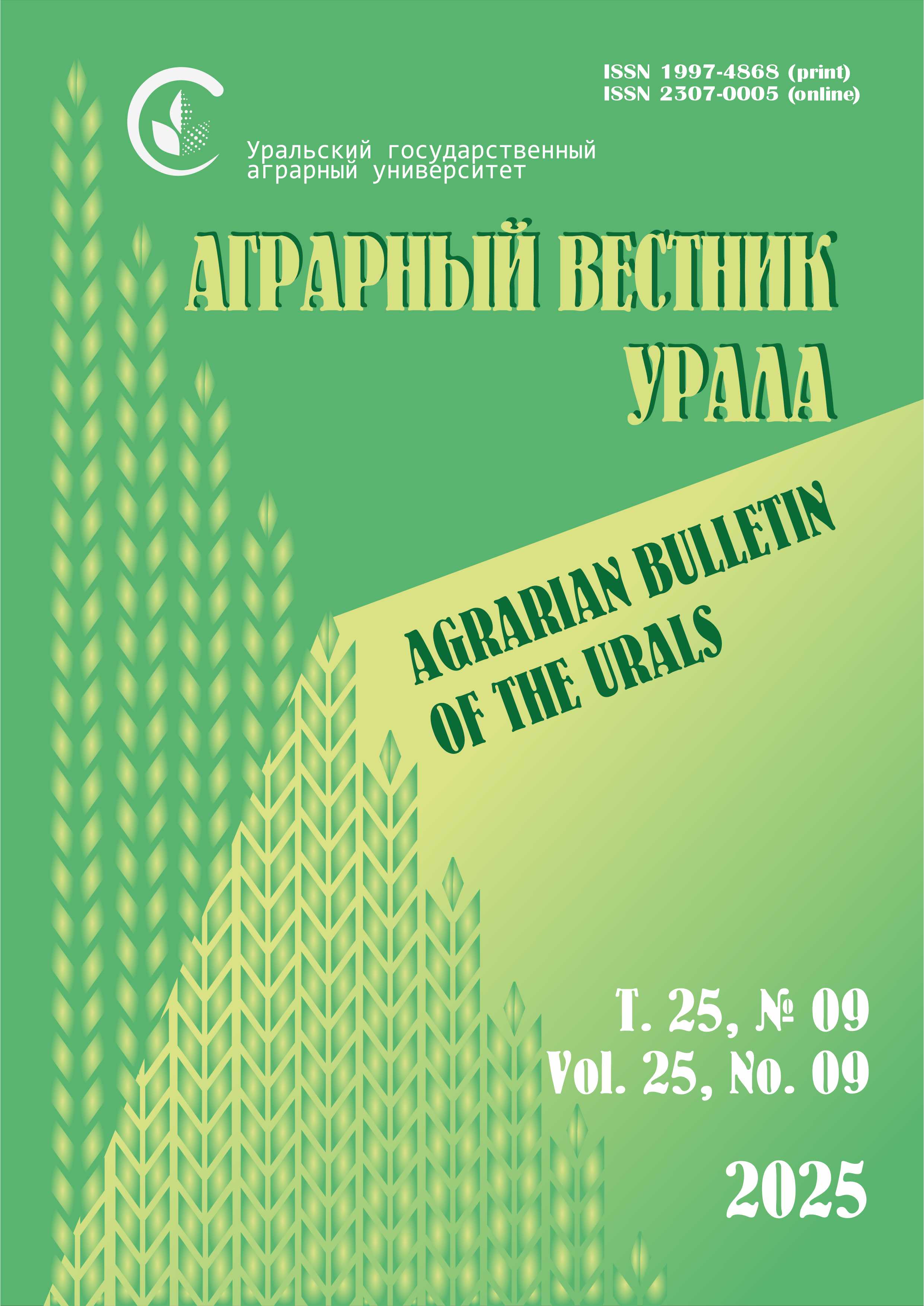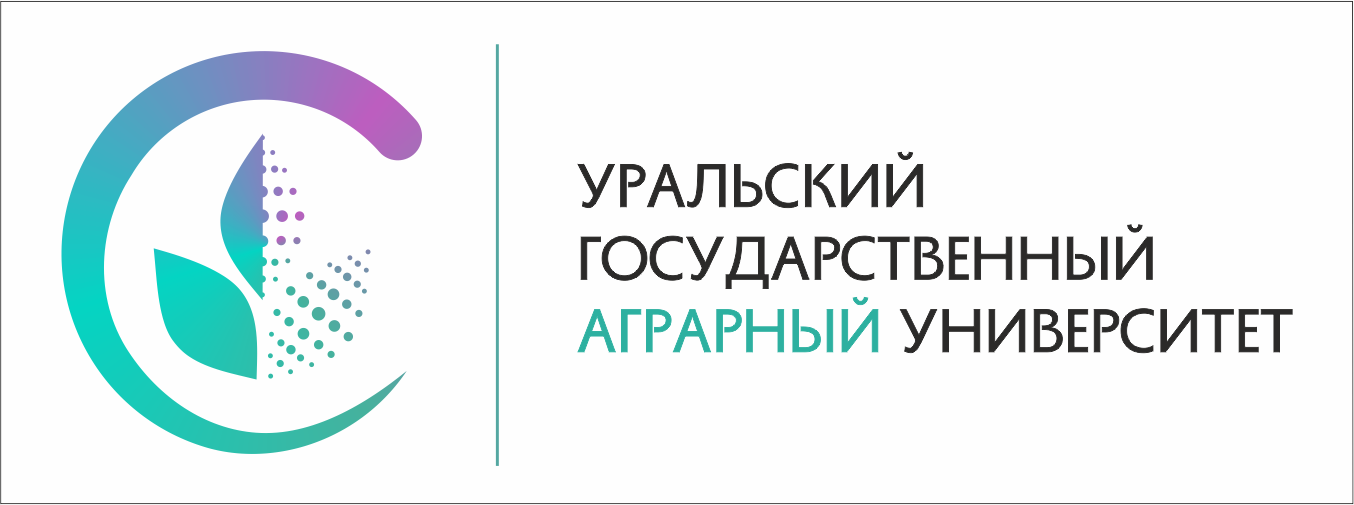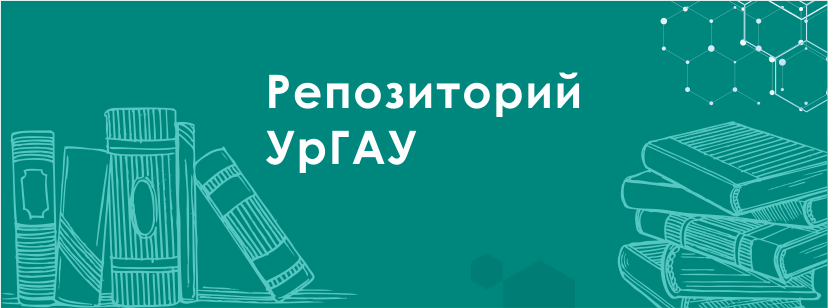S. I. Loskutov1 , Ya. V. Pukhalskiy1, A. I. Yakubovskaya2 , I. A. Kameneva2
1 All-Russian Research Institute of Food Additives – branch of the Federal Scientific Center for Food Systems named after V. M. Gorbatov, Saint Petersburg, Russia
2 Research Institute of Agriculture of Crimea, Simferopol, Russia
E-mail: This email address is being protected from spambots. You need JavaScript enabled to view it.
Volume 25 No. 2
Date of paper submission: 30.07.2024, date of review: 20.11.2024, date of acceptance: 29.11.2024.
Published: 02/28/2025
Abstract. In place of mineral salts for hydroponics, the use of liquid organic additives in the form of extracts from various sources of organic raw materials is becoming increasingly popular among city farmers. In the open-ground agriculture type, they also experiment with different doses of extracts obtained from vermicompost, poultry manure, cattle, pig and sheep manure. However, little attention has been paid to zoohumus, a new type of organic fertilizer produced using the waste products of the black soldier fly (Hermetia illucens). The purpose of this work was to compare the formation of biomass and the synthesis of antioxidant compounds in basil microgreens grown using a single treatment of the nutrient substrate with mineral fertilizers and liquid (0.5 % alkaline) zoohumus extract. Methodology and research methods. The experiment was carried out under conditions of full light culture and chemoponics, in a closed growbox. After 20 days of growth, the obtained raw biomass from each tray was cut and weighed. Biochemical analysis was carried out according to the developed methods according to GOST. The results of the studies showed that the tallest plants were obtained in the variant with the use of zoohumus. At the same time, by weight they were inferior to the variant with mineral additives by 20 %. The lowest biometric indicators, as expected, were in the control. Increased growth and accumulation of protein biomass also affected the increase in the synthesis of chlorophyll and ascorbic acid. The average values of both indicators grown on a mineral medium were 11 % higher than the control, while on organic matter this value was 22 %. In the subjective opinion of the authors, organic treatment did not affect the taste of plants in any way, compared to mineral additives. Scientific novelty. The fact of increasing the share of accumulation of vitamin C and green pigments in biomass proves the effectiveness of using a new type of organic fertilizer as a possible alternative when growing microgreen crops in vertical farming conditions.
Keywords: microgreen, Ocimum basilicum, zoohumus, Hermetia illucens, ascorbic acid, chlorophyll
Acknowledgements. The work was carried out within the framework of the state assignment of the Ministry of Science and Higher Education of the Russian Federation (topics FGUS 2024-0010 and FGUS 2022-0018).
For citation: Loskutov S. I., Pukhalskiy Ya. V., Yakubovskaya A. I., Kameneva I. A. Influence of nutrient mode on the antioxidant activity of basil microgreens. Agrarian Bulletin of the Urals. 2025; 25 (02): 264‒277. https://doi.org/10.32417/1997-4868-2025-25-02-264-277 (In Russ.)
Download the full text of the article












